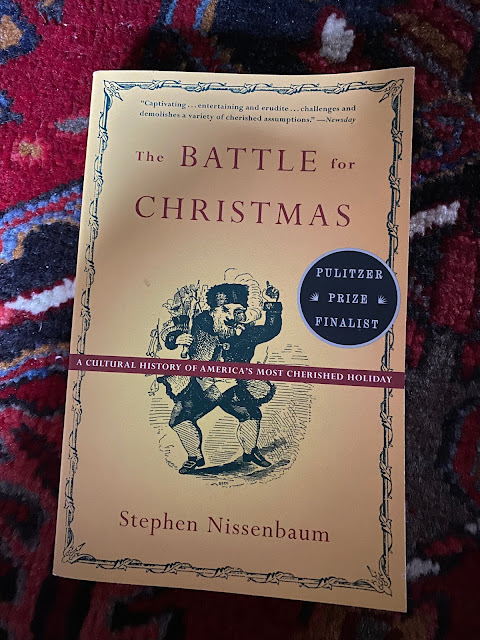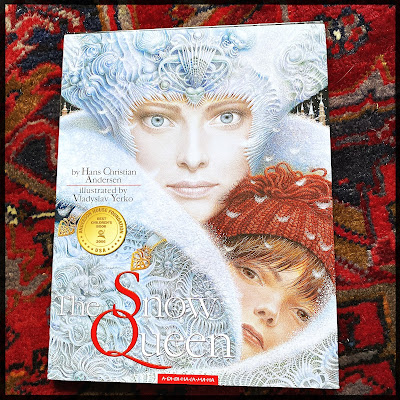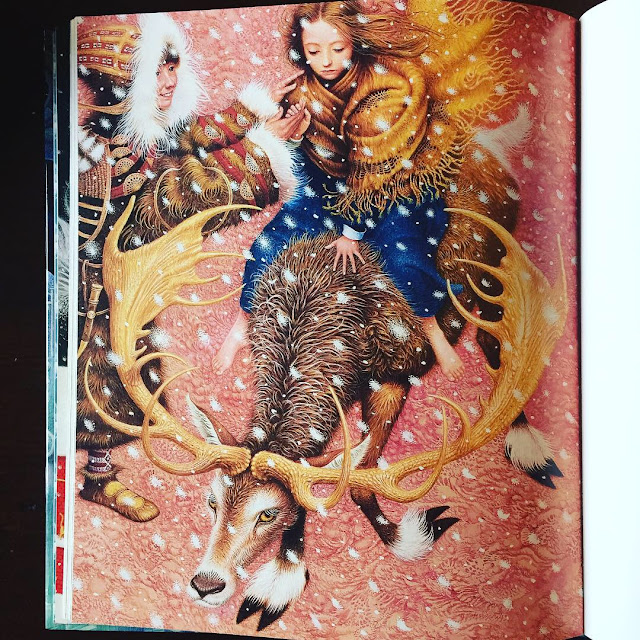A number of famous folk have been turning out mysteries and thrillers lately. Both Clintons have published political thrillers with a little help from James Patterson and Louise Penny, while double Pulitzer Prize winner Colson Whitehead has produced Harlem Shuffle. Technically this is an historical novel that wraps a portrait of Harlem in the turbulent early 1960's around a heist scheme and a revenge plot. Our guide through this tangle of events is one Ray Carney, a good man, a faithful husband, a devoted dad, who, as the novel puts it, was "only slightly bent when it came to being crooked."
If the inhabitants of Whitehead's much praised The Underground Railroad were light on characterization and heavy on allegorical import, Ray is a man in full, hopeful, contradictory, vengeful, generous, and clever. In a word, complicated.
And he'd better be. Harlem in the '60's was a complicated place. New York City as a whole has never suffered from an excess of good government, and the Black city within the city was no exception. Stratified by wealth and color, impoverished by bias in nearly every facet of life, poorly educated, badly housed, and beset by crime, Harlem's vibrancy, creativity and vitality came despite danger and corruption.
Ray knows all about that. He owns a small furniture store, supplying a variety of new and used sofas and dinette sets, recliners and lamps. Much of his clientele buys on time and their payments are not always timely. Worse, the whole city appears to run on bribes to white cops and protection money to black gangsters or, in the lingo of the times, on the circulation of "the envelopes."
With money going out the door, it is no surprise that Ray, whose late father, Big Mike, was a career criminal, does not look too closely at the source of the second hand radios, TV's, and appliances that cross his path. Indeed, shortly after the novel begins, what was happenstance begins to seem like fencing in earnest, thanks to his charming but feckless cousin Freddie.
Freddie hangs out with the likes of Miami Joe, an ambitious but maybe unreliable thief, and Pepper, an ultra professional hitman. One foolish thing leads to another with Freddie, who involves his sensible but devoted cousin with Chink Montague, the big mobster of the moment.
If that is not complication enough, Ray is simultaneously attempting to move up the social ladder. He wants to grow his business and handle really quality furniture. He also wants to improve his standing with his snobby in-laws, disdainful of both his impoverished background and his dark skin.
 |
| Colson Whitehead |
His attempt to join the Dumas Club, the prime organization for Black movers and shakers, provides more than he bargained for, namely another route to the underbelly of Harlem. There characters like Cheap Brucie and Miss Laura have interesting connections with the cream of Harlem society, presenting both danger and opportunity.
Soon Ray is juggling any number of tricky situations, endangering his marriage by flirting with criminality and endangering his life by making enemies of both outright mobsters and the seemingly legit, some of whom are white. His path through these dangers presents a picture of a society under extreme pressure. Riots that he understands 100% threaten hard-won prosperity, while the corruption that saps the economy of Harlem also provides a vital source of income.
It clearly takes a man of Ray Carney's particular talents and background to survive. His decent impulses and work ethic are as essential as his ingenuity and ability to compartmentalize, driving the novel, along with his imprudent loyalty to Freddie, the brother he never had, the companion of his youth and the spark plug of innumerable adventures.


































